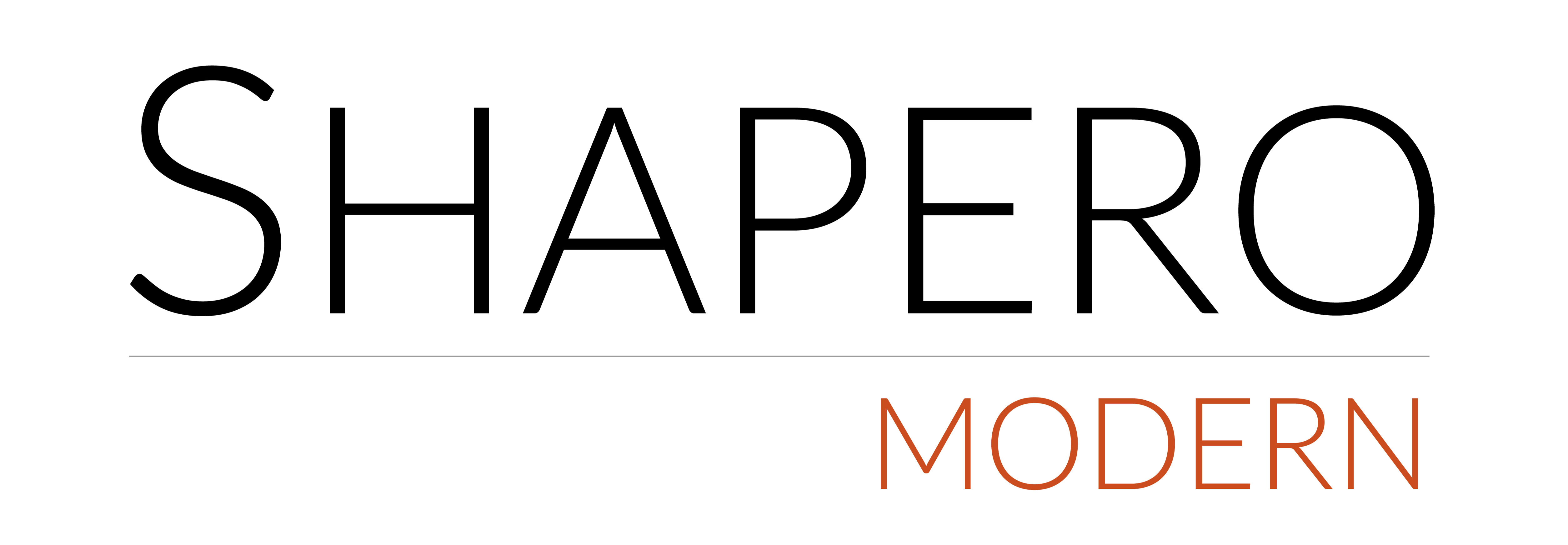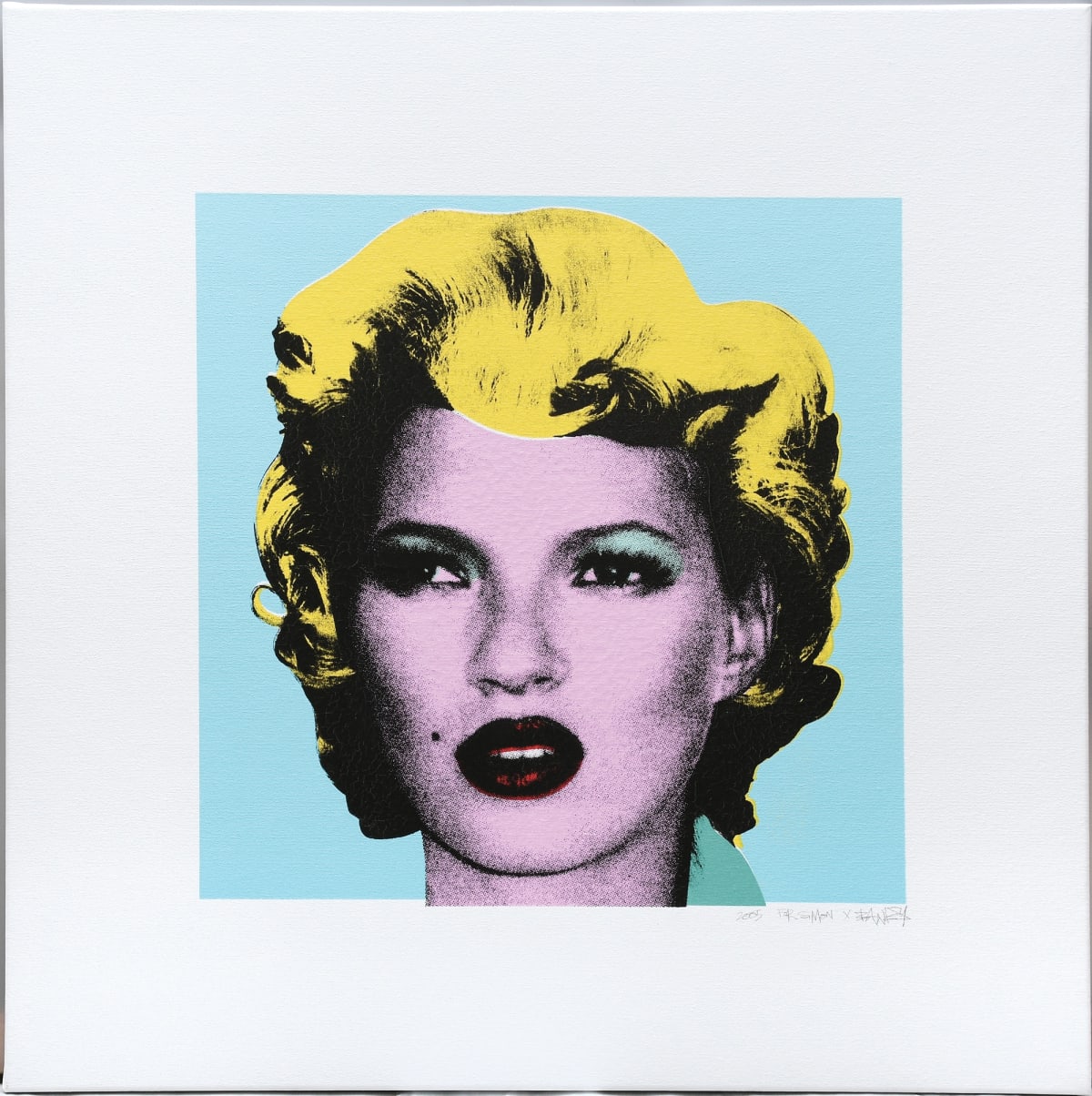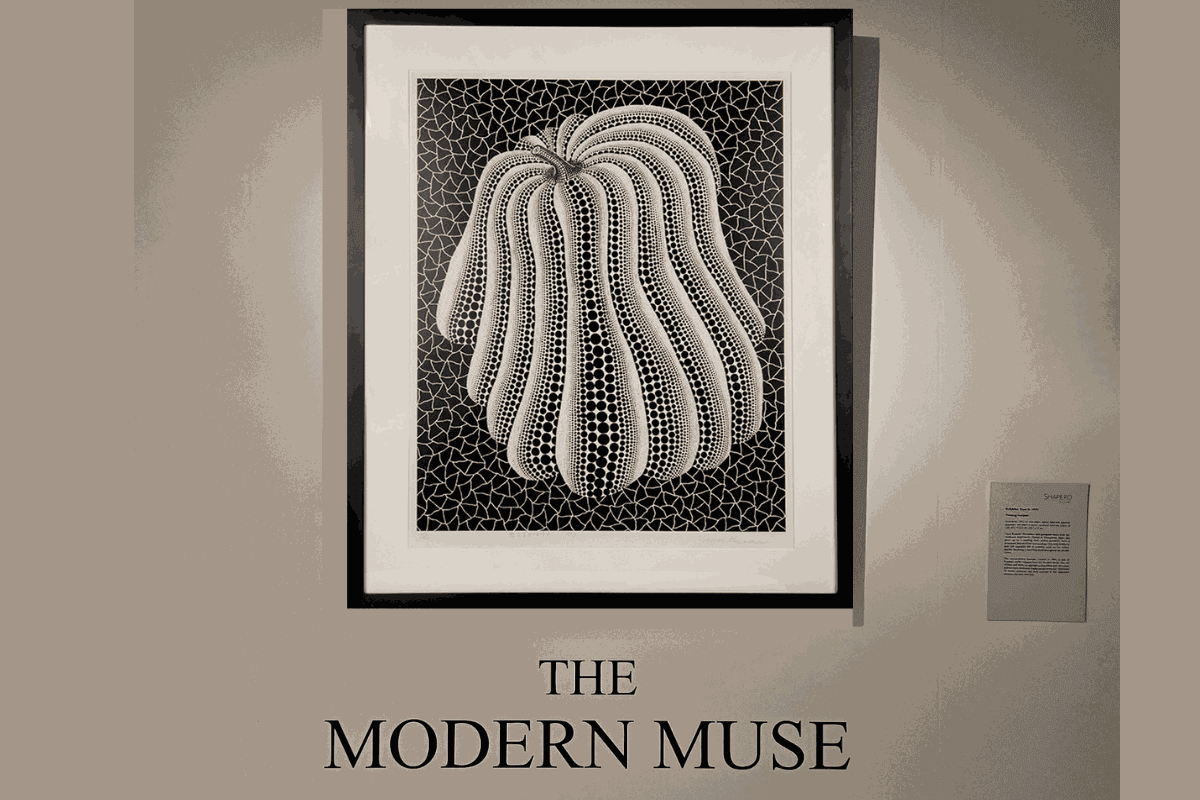Nam June Paik
'Skin has become inadequate in interfacing with reality. Technology has become the body's new membrane of existence.'
Nam June Paik (1932–2006) was a visionary Korean-American artist, widely recognized as the founder of video art. His innovative work combined technology, music, and visual imagery, pioneering the use of television and video in art. Paik's installations and multimedia projects challenged conventional perceptions of time, space, and art, leaving a profound impact on contemporary media practices. His creations, marked by experimental spirit and futuristic vision, remain influential and highly valued.
Explore limited editions for sale by Nam June Paik now.
Send me more information on Nam June Paik
Nam June Paik (1932 – 2006) was a Korean American artist who worked with a variety of media and is widely considered to be the founder of video art. Paik is credited with the first use of the term ‘electronic super highway’, in 1974, to describe the future of telecommunications.
Born in Seoul in 1932 as the youngest of five siblings, Paik’s father owned a major textile manufacturing firm. As he was growing up, he trained as a classical pianist. In 1950, during the Korean War, Paik and his family fled from their home in Korea, fleeing first to Hong Kong, and later to Japan.
From 1953 onward Paik studied musicology at the University of Tokyo, before moving to Germany three years later. In Munich, Freiberg, and Cologne, Paik continued his studies in musicology, philosophy, and art history. He worked for the West German radio station WDR, which played music by avant-garde composers. At this time, Paik met the composer Karlheinz Stockhausen, who was experimenting with audio synthesizers along with John Cage. Paik was invited to key events, including a series of events in Cologne involving Joseph Beuys and John Cage.
In the early 1960s, Paik met George Maciunus, the founder of the experimental Fluxus movement, and subsequently joined the group in 1962. In 1963, Paik had his first solo exhibition at Galerie Parnass in Wuppertal, Germany. The following year he moved to New York, where he began collaborating with the cellist Charlotte Moorman. At the opening of the Second Annual New York Avant-Garde Festival in 1964, Paik and Moorman performed Robot Opera; A remote-controlled robot made from found materials (constructed by Paik in Japan with the help of artist Shuya Abe) accompanied Moorman’s cello. Until 1968, Paik would undertake a number of performances, often in collaboration with Moorman.
Television and information technology are key subjects of Paik’s art, who produced many works in the film medium. Experimenting with the instrument of global communication, Paik often spliced together different clips, producing surreal or banal montages. He noted: ‘I make technology look ridiculous.’
Some of Paik’s notable monumental video installations include The More the Better (1988), an installation featuring 1003 monitors and a steel structure measuring sixty feet, and a video wall titled Megatron/Matrix (1998), which was acquired by the Smithsonian American Art Museum in 2006. In 2005, Paik created one of his last works, titled Chinese Memory. It consists of a television cabinet with books, antennae, paint, and a Chinese scroll.
Aside from these iconic video works, Paik has also produced a large number of works on paper, including newspaper drawings. One such drawing, Untitled (2002) is currently held by the Tate. On 29 January 2006, Paik died in Florida.







